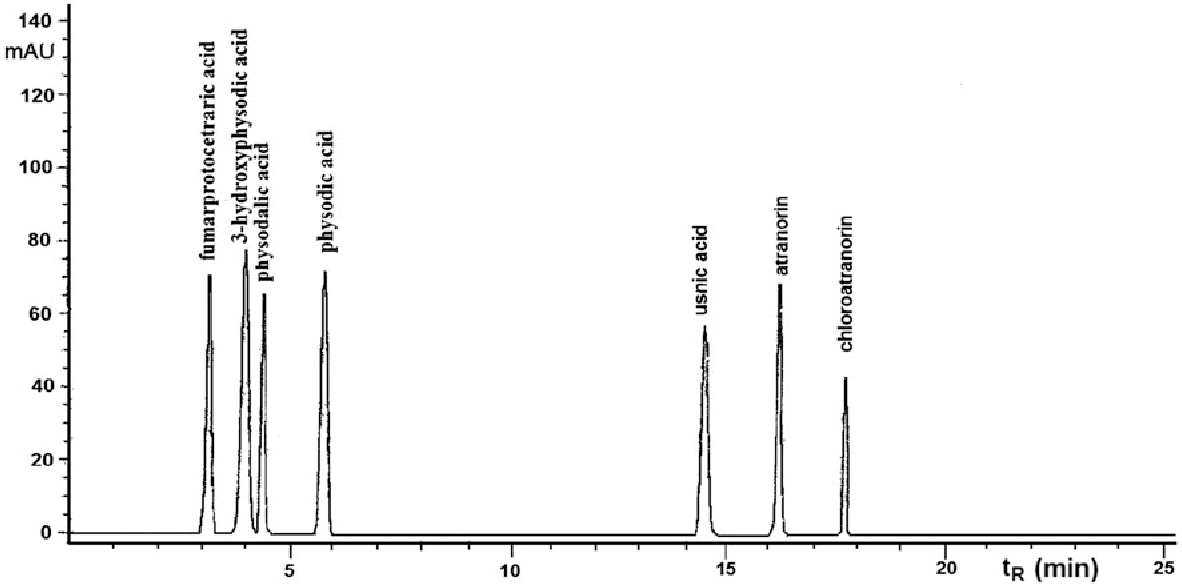
Monk's-hood lichen
is one of the most common lichens in Latvia.
The lichen grows in a rosette, in the center it is tightly attached to the substrate, raised along the edges. It grows from two thin layers and a cavity forms between them. The leaves are curved, often widened at the ends, lip-like curved. The surface is gray or gray-green, smooth, matte, often with dark spots.

Sorrels are white, floury - formed between the upper and lower layers - at the end of the lip-shaped opening. This is a distinctive feature of this species that allows it to be recognized from others. Apothecia (fruiting bodies) can only form in an environment with high air purity.
Often this lichen covers the entire tree trunk with a uniform layer.
This lichen is found on all types of substrates, most often it is found on deciduous trees, dead trees and old stumps.
Medicinal significance
Lichen has found: physodilic acid, physodinic acid, 3-hydroxyphysodinic acid, 2′-O-methylphysodinic acid and fumarprotocetaric acid, usnic acid, as well as atranorin and chloratranorin.

As a result of research, it has been established that the hypogymnia of vesicles produces an antioxidant effect and, accordingly, also a cytotoxic activity. This lichen is most active on cells of the A-549 line and MCF-7 (breast cancer cells).
It can also be used as an antibacterial agent. The most sensitive bacterium is golden staphylococcus (S.aureus) against this lichen, E.coli and P.aeruginosa showed the greatest resistance. Atranorin works on C.albicans, but A.Niger bacterium was resistant to absolutely all substances of this lichen.
Preparations of this lichen have no antifungal activity.
Monk's-hood lichen can be used to treat various lung inflammations and also pulmonary tuberculosis. Externally, this lichen helps in the treatment of various skin diseases.
Lichen has no mutagenic and toxic genetic effects on DNA.